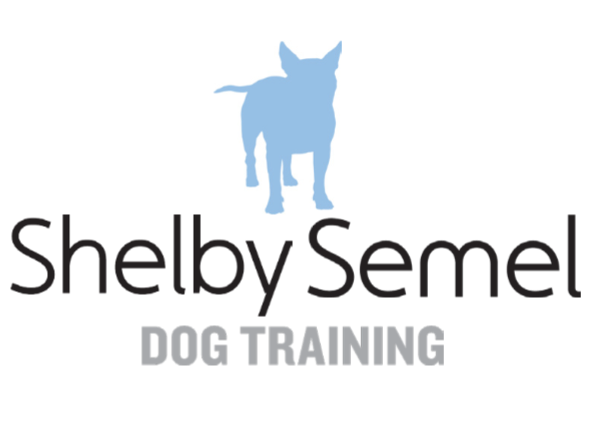Consent in Dog Training
/WHAT IS COOPERATIVE CARE/CONSENT TRAINING?
Cooperative care is a subset of positive reinforcement training that allows dogs to participate in their own daily care. This means teaching dogs to participate in events like nail trims, teeth-brushing, muzzle application, harness application, even voluntary stillness for medical procedures like eye drops or blood draws! In full transparency, this is not the easiest or quickest way to achieve the desired outcome (if you need to have the process completed in a time-sensitive manor, we recommend to reach out to your SSDT trainer to figure out the least-intrusive way to achieve the task) but being patient makes a HUGE difference in the daily stress levels of your dog.
We love to focus on cooperative care with our dogs and our clients because:
Giving dogs consent and choice decreases the likelihood of them feeling fear or stress because of a particular event.
It allows them time to understand and feel good about what we're asking of them, and what can be expected throughout the process.
It makes our job of taking care of them a little easier on a daily basis!
Utilizing the concept of consent in dog training is all about empowering dogs to learn how to become comfortable with what we're asking of them. Dog's are body language-based animals, so they're going to be showing us some signals that they're either uncomfortable, or they're comfortable with what's happening. Signs of stress might be physical avoidance, turning away, licking lips frequently, yawning, or having wide whale-eyes. If you need help figuring out how to apply this training while still being able to go about your daily routine, reach out to your SSDT trainer, and they can help you!
HOW CAN YOU ADD MORE CHOICE AND AGENCY INTO YOUR DOG'S LIFE?
Here are a few examples of using consent, giving them choice or agency in their daily life:
When you or someone else is petting or touching your dog, try taking physical touch away to test whether or not they're actually interested in being touched in that moment. If they stay and lean in, or solicit more pets, feel free to keep snuggling! But if they walk away, leave, or turn their head away from you, they may be politely asking for you to stop touching them.
When getting ready to perform a nail trim on your dog, do they run away and hide? It might be worth spending the time sitting on the floor, waiting for them to choose to come over, and rewarding them when they come investigate! Giving them the choice and agency to participate over time will make it more likely they won't mind the process in the future.
Does your dog have a fear of loud city noises and sights? Instead of forcing them through a stressful situation, you can slowly desensitize them to handle it over time, while not needing to expose them to their triggers on a daily basis.
Make sure to check out our virtual IG video on consent this above screenshot is from!
There are so many ways you can add choice into your dog's daily routines, and the beauty of it is that you can start with something REALLY simple like a voluntary harness application, and increase the amount of agency you give them in their lives over time! If you need help figuring out where to start, we are happy to help. Reach out to your SSDT trainer and tell them you'd like to start working on adding more choice into your training sessions.
TRAINEE OF THE MONTH
BEAN THE CHIHUAHUA MIX
Bean is a 2 year old rescue chihuahua mix. Her mom originally started working with us because Bean was having a lot of fear of going outside due to a stressful event one evening. It started with Bean running away from her mom when it was time to put on her harness, and then she wouldn’t willingly walk into the hall, elevator, or outside.
One of our amazing trainers worked with Bean on basic cues, pattern games and confidence building to help her feel better about going outside when she was ready.
Eventually, they switched up the equipment Bean was wearing and started slowly conquering her fear of each physical threshold and big triggers. Throughout the entire process, Bean was always given the power of choice and the ability to go back home if she wanted to! All rewards and reinforcement were given to her or behind her to make sure she was not feeling forced to push through fear to get the treat.
We're happy to report that Bean is now walking (happily!) out the front door, into the elevator, and through the lobby! On occasion, she even pops outside and wants to take a short walk. Bean's mom has learned to read her body language and stress signals like a pro, and always helps Bean get back to somewhere that feels safer if needed.
With all that being said, they haven’t even started using the highest value food yet! They still have lots of room to continue their work in the coming months, and we look forward to seeing what Bean can accomplish!




